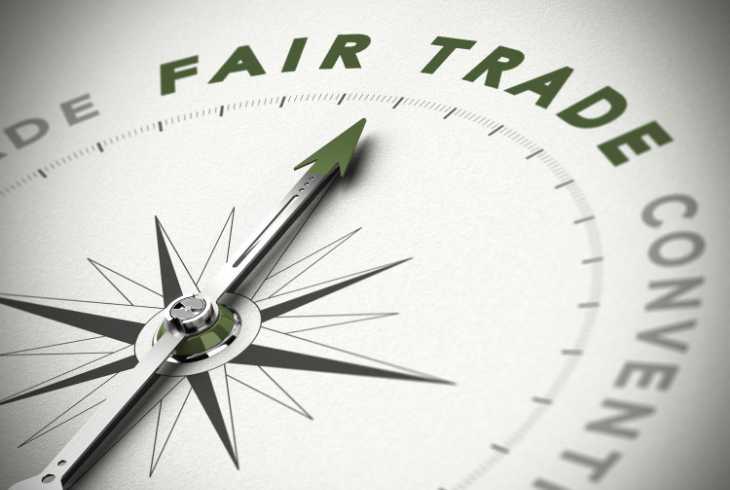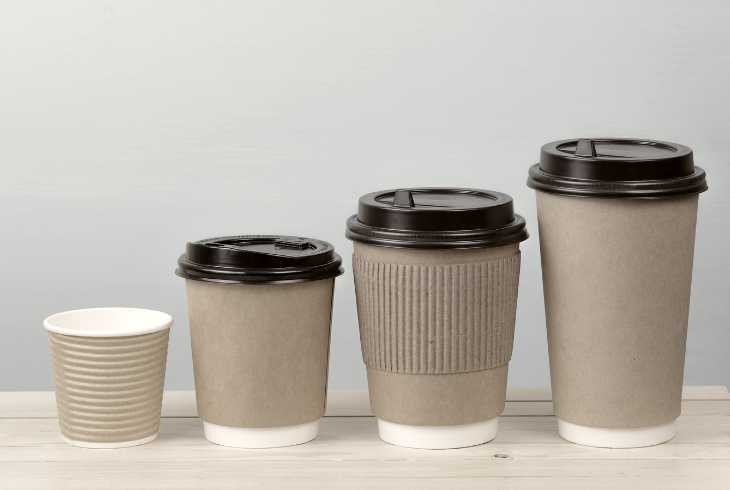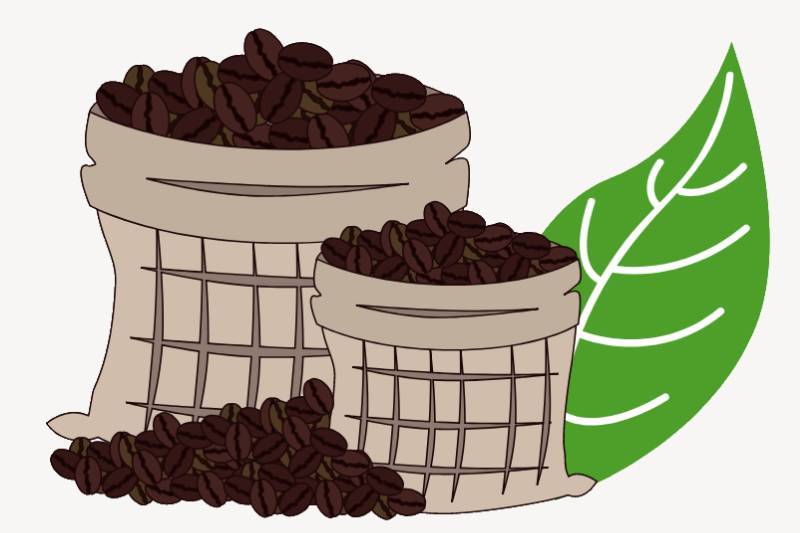The world has become increasingly more conscious of environmentally friendly initiatives with each passing year. But while every business ought to have a interest in preserving the environment, few industries stand to benefit more from doing so than those that sell agricultural products — including the coffee industry.
The long and short of it comes down to the fact that sourcing well-grown coffee requires eco-conscious business practices. So what are coffee companies doing in order to help preserve the planet?
Quite a bit, actually. Let’s break down how coffee companies are becoming more eco-friendly.
Eco-Friendly Coffee Trends

Before we get into the nitty-gritty, it should be noted that businesses around the globe — including coffee companies — are collectively making administrative strides in sustainability. For example, everyone from banks, to restaurants, to small mom-and-pop shops have been shifting to paperless activities wherever possible.
This can manifest in the form of emailed receipts, online services and notifications, and even electronic document storage. The latter allows existing documentation to be uploaded to the cloud and then the original paper to be recycled as well.
While all companies can go paperless, here are a few other ways that coffee companies, in particular, are standing out from the crowd:

Certifications
One way that Third Wave coffee has helped to improve the overall quality of the coffee industry is by ushering in a wave of high-end coffee certifications. These certifications help to address the quality of the beans, the treatment of the workers, and the environmental impact of the coffee growing and selling process.
For example, the USDA organic certification is a surefire way to know that a bag of coffee hasn’t been grown with synthetic substances. Fair-trade certified coffee lets you rest assured that the workers on coffee plantations have been treated fairly as they produced those coveted beans you use to brew your java.
One of the best certification to look for when it comes to sustainable practices is the Rainforest Alliance. The organization behind the label has set out to make “responsible business the new normal.” Rainforest Alliance-certified coffee has taken into consideration the conditions of everything from the workers to the wildlife, forests, and climate that the coffee is grown in. If a bag of coffee is stamped with that little Rainforest Alliance frog, you can be sure that those who sourced it did their homework.

Shade-Grown Coffee
Another earth-conscious movement that is gaining momentum — even if it still hasn’t been given proper “certification” status — is the concept of shade-grown coffee. While there may not be a proper set of rules and regulations to define “shade grown” yet, the concept behind the movement is simple: Coffee naturally grows best in the shade.
Sun-grown coffee is a popular way to mass produce low-quality java, but many savvy coffee farmers around the world are shifting back to the less productive, higher-quality method of growing their coffee in the shade.
While the overall effects of shade-grown coffee are still being sorted out, the environmental impact of the method is irrefutable. This type of coffee engages with the entire environment of a coffee plant, helping to provide a sustainable ecosystem that facilitates not just the coffee plant but the plants and animals that surround it as well.
While quality shade-grown coffee may be a bit difficult to track down, one of the best certification labels to look for that incorporates the shade-grown concept is ”Bird Friendly” coffee. The label indicates coffee farmers that have taken the ecosystem into account in their efforts — which is about as shade-grown as it gets.

Packaging
Whether you’re talking about newspapers, clothing, or even cars, there’s no doubt that recycling is popular these days, and the coffee industry is no exception. While coffee beans themselves are biodegradable, the packaging that coffee is served in often isn’t.
That’s why, all the way back in 2013, McDonald’s McCafe was already setting trends when it moved to double-walled paper cups that were more eco-friendly. In addition, Starbucks has been actively working to get rid of all of its plastic straws as soon as the year 2020, offering strawless lids or other, more sustainable straw options as alternatives.
Even worse than cups and straws, though, is the impact of the incredibly popular single-serve K-Cup. The myriad plastic pods have been a scourge to the environment for years, with Keurig Green Mountain creating around 10 billion of the little plastic devils per year for a while now.
However, to be fair, the company has been actively working to make 100% of their pods recyclable by 2020, as stated in their 2017 sustainability report. In addition, companies like G-Pak have created environmentally friendly 100% compostable pods that can be used in single-serve brewers.

Processing and Manufacturing
While the growing, harvesting, and packaging of coffee are obviously important, another way that coffee companies are making a positive difference is how they’re operating their businesses once the beans have left the farm. Everything from inventory management to storefront operations have felt the impact. For instance, Kickapoo Coffee Roasters made waves when it used federal grants to shift to 100% solar-powered electricity for its coffee roasting.
Of course, another aspect of the green initiative is the location where the coffee is sold. The coffee company blazing the trail in environmentally conscious storefronts is, once again, Starbucks. The coffee Goliath currently has plans to audit their 15,000 U.S. and Canadian stores in order to shift at least two-thirds of them to sustainable operations by the year 2025.
Befriend the Earth

While there are countless ways that coffee companies are making a difference, the impact doesn’t have to stop with them. It also falls to “we the consumers” to do our part as well.
If we don’t look for those Rainforest Alliance labels or search for biodegradable single-serve pods, then there’s no point in businesses doing the upfront legwork in the first place. Beyond the packaging and certifications, we can also do our part to recycle our leftover coffee as well.
However we go about it, it’s crucial that coffee drinkers and coffee companies alike stand together to help increase the eco-friendly nature of our java. The effort to be a good steward is well worth it and will make that next well-sourced, environmentally conscious mug of freshly brewed coffee that much warmer as you cup it between your palms.




